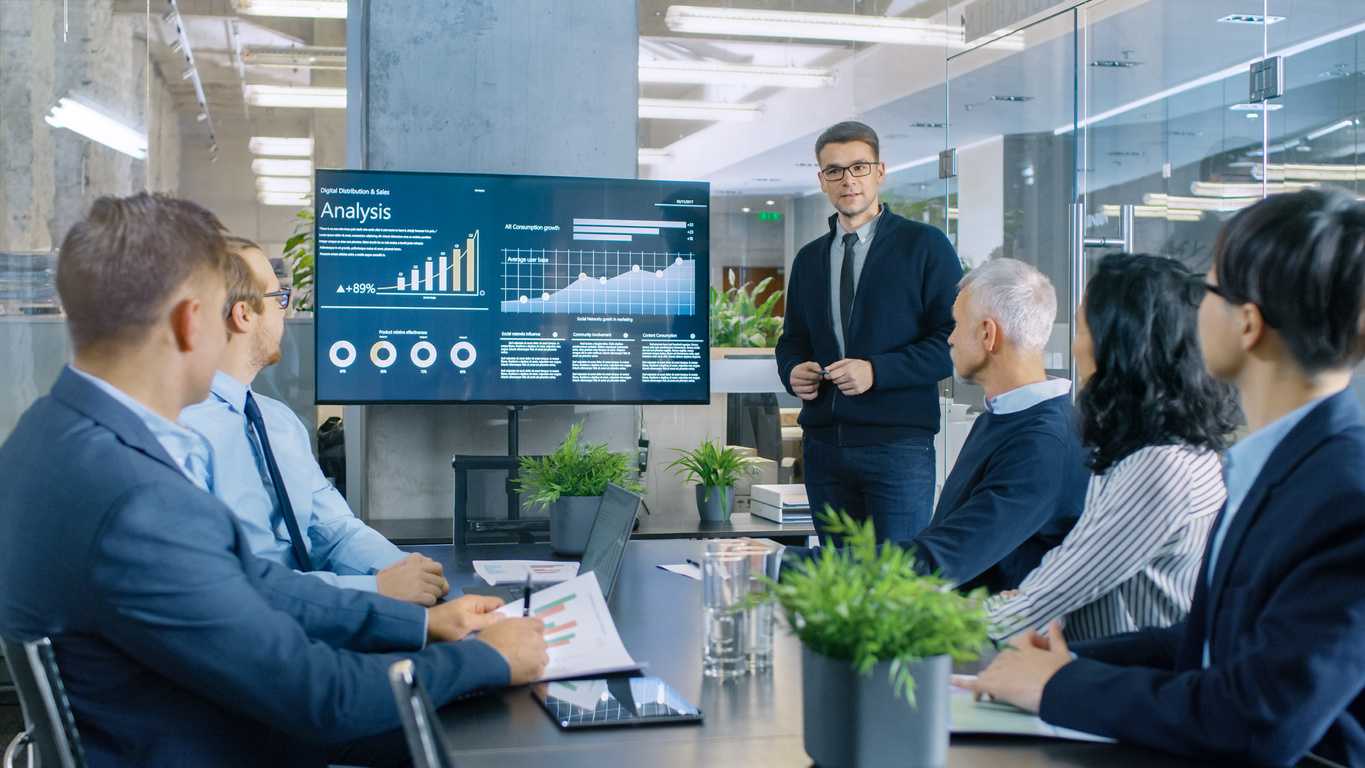Reasons Why the Earth is Changing

While the terms “Global Warming” and “Climate Change” have believers and disbelievers, Earth has been in a constant state of change for many reasons. Some changes have nothing to do with human beings.
- Scientists find bones of animals like dinosaurs on planet Earth that don’t exist anymore.
- There have been ice ages and periods of high heat on planet Earth.
- Meteors have hit our planet.
- Volcanos have erupted.
- Lastly, Tectonic plates have shifted.
In contrast, some changes are related to human beings, called anthropogenic effects, that include
- Increasing the impervious surfaces through our land development alters the flow of stormwater and increases the flooding effect.
- Leaching of chemicals into our soils and waterways as a result of dumping wastes which causes toxic impact on humans, animals, and plants.
Therefore, whenever and wherever we can influence change, we should do so with an eye toward improved sustainability associated with the change.
Being Mindful of Anthropogenic Change
Another way we change planet Earth is with the extraction of resources, like materials or minerals. Resources on our planet are limited. If we use the last bit of what we have, there won’t be anymore, for perhaps many human lifetimes in the future. Lack of crucial resources could have a devastating effect on our economy and the lives of people. So, the rate at which we consume those resources is an important consideration and where sustainability comes into play.
What is Sustainability?
Sustainability is the ecological capacity to endure and occurs when biological systems remain diverse and productive. It is the endurance of systems and processes. When I speak about sustainability, I think about the three interconnected pillars of sustainability:
- our natural environment (planet);
- the vitality of our economies (profit); and
- lastly, the health of our communities (people).
Using the definition from Investopedia.com, “Sustainability focuses on meeting the needs of the present without compromising the ability of future generations to meet their needs.”
An Engineer’s Perspective on Sustainability
As an engineer, my thinking next turns to the National Society of Professional Engineers’ Creed, which opens with the statement,
“I dedicate my professional knowledge and skill to the advancement and betterment of human welfare.”
This statement means that we need to be continuously looking for ways to improve
- our planet;
- our profits; and
- finally, our lives as people.
Therefore, let’s join one another on our mission for continuous improvement.
